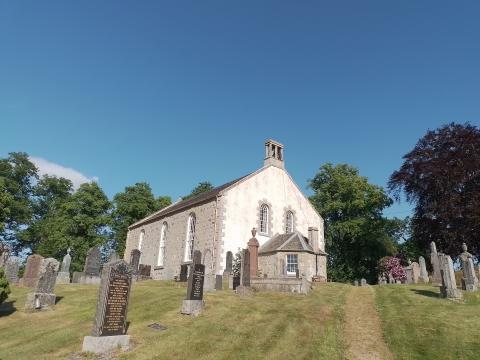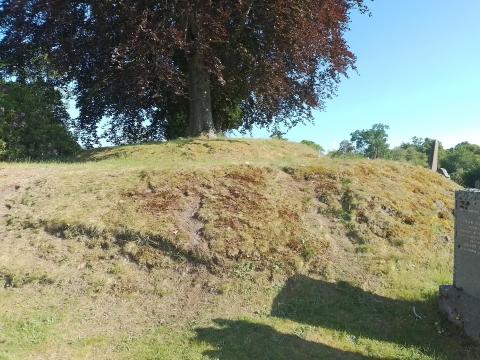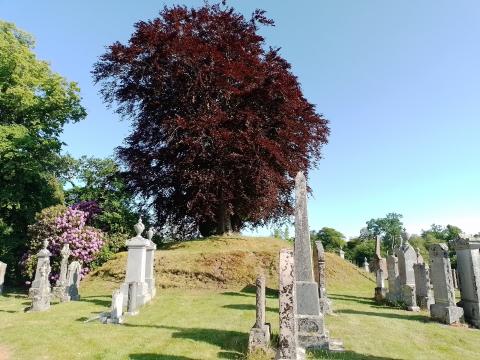Tomnacross Kirk

Within the burial ground of Tomnacross Kirk, in the Scots Highlands, is a rather intriguing manmade mound, upon which my usual sources can offer little solid explanation. A local tradition states it was once a baronial seat of judgement, and upon the mound grew a tree, from the branches of which miscreants were hanged.

If this is indeed a ‘moot hill’ of judgement, then an eighteenth-century decision to relocate the local kirk and its burial ground here would be apt. Each grave into which we inter a corpse is a place of judgement. Adam was told that he would surely die if that forbidden fruit he ate. And he ate it. And he died. And we die with him, millions of us, each year. Death is the inevitable wage of sin, and it is paid earnestly and faithfully. I do not know of the Tom after whom the locale was named, but I do know of another who went to a seat of justice, and from there to a cross, that death’s judgement might not be final.

That a church now stands by the spot where hundreds of Scots may have heard and received their sentence is curiously appropriate. Churches are made up of two kinds of people: sinners whose crimes have been forgiven, and sinners whose crimes have not.
- Log in to post comments


 Sunday Worship 10.45am & 6.00pm
Sunday Worship 10.45am & 6.00pm